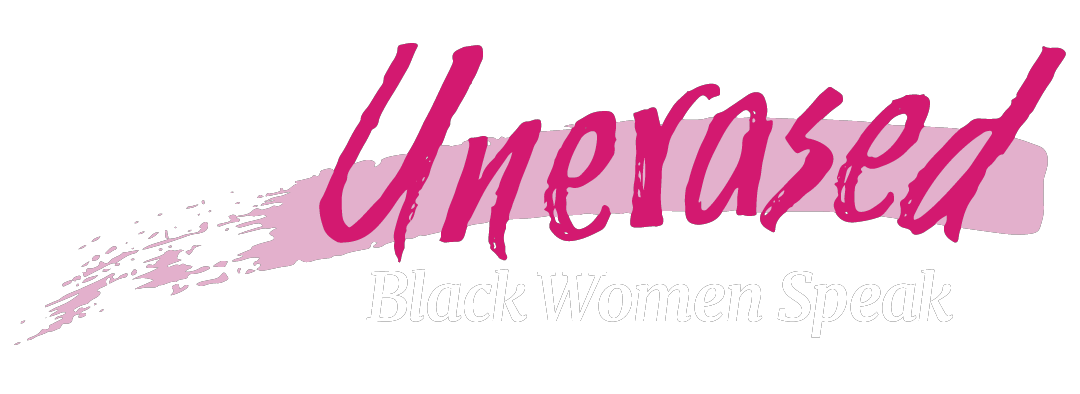
Allison Gaines
Every year, over half a million people go missing in America. That’s a lot of people wholly unaccounted for, gone without a trace. And, while society should pay a lot more attention to these disappearances across the board, the very little air time allotted to these cases centers almost exclusively on White women. Experts dubbed this racially homogenous coverage “missing White woman syndrome.”
When 22-year old Gabby Petito went missing for three weeks, her case went viral on social media, with major networks universally picking up the story of her disappearance. Their outrage was justified, as investigators discovered her body on Tuesday, which the medical examiner ruled a homicide.
Her fiancé, Brian Laundrie, was characterized by law enforcement as a person of interest. However, since he returned to his Florida home alone on September 1st without Gabby, her family has continued questioning his role in her disappearance.
“He is not missing. He’s hiding,” Gabby’s father tweeted last weekend. This story is heartbreaking. No parent should have to bury their daughter, especially at such a young age. Clearly, Petito’s family deserves justice, and law enforcement is actively seeking information about the circumstances surrounding her disappearance.
But I can’t help but see the irony of the hypervigilant coverage. When Black and Indigenous women go missing, their names won’t make it into headlines. You’re not likely to ever hear about any of them. According to Newsbreak, “over 400 Indigenous women went missing over the last decade in the same state as Gabby Petito did.” Hearing Gabby Petito’s name and none of theirs is the product of White privilege.
The glorification of White women as a standard for beauty skews how mainstream media outlets cover missing person cases. Except for rare instances like Kamala Harris’ victory lap, the media rarely “kills Black women with kindness. More often than not, they kill us with silence,” which is why we won’t see missing Black and Indigenous women making headlines.
It’s as if they said, “Sorry. All the 8 o’clock slots are reserved for White women,” but of course, they wouldn’t utter those words. There’s no need for blatant racist rejection when bias-laced silence buries Black women’s stories all the same.
Even though Black women make up less than 7 percent of the population, they represent 10 percent of all missing person cases in America. It’s clear that racism comes in many flavors, and based on the active decision to suppress Black and Indigenous women’s stories, passive-aggressive vanilla is back by popular demand.
Even some White people are starting to notice how egregious the disparity is because they’ve seen very few mainstream cases of missing Black women in the course of their lives. For instance, prolific horror writer Stephen King, known for blockbusters like “The Shining,” tweeted, “I have never seen a young Black woman’s disappearance covered like the #gabbypetitiodisappearance,” he wrote Sunday. “Not once. That is horribly wrong.”
Like King, I couldn’t help but see the inequities in media coverage for Black and Indigenous women who go missing. America’s history of discriminatory attention sends a clear message — if you’re not a White woman with blonde hair and blue eyes, your disappearance isn’t interesting or important enough to cover.
As a young girl, I used to think only White girls went missing because that’s all I ever saw on the news — those poor White girls, I thought to myself. The media openly dotes on White women with blue eyes while “othering” Black and Indigenous women. When no one tells their stories, the general public doesn’t know the problem exists. Black girls and women go missing at higher rates than White women, but those cases rarely make the news.
According to the Black and Missing Foundation, 40% of missing persons are people of color. For context, Black people make up approximately 13% of America’s population. And I know I got technical real quick, but these numbers paint a vivid picture of racial disparity in missing person cases in America. Too many Black people go missing without the follow-up given to White missing person cases. It’s no wonder the premise of “Get Out” created a new genre of racial horror. As the saying goes, “sometimes the truth is stranger than fiction.”
When a Black person goes missing, investigators often suggest the person “ran away.” But, no one assumed Gabby Petito ran away. The F.B.I. publicly asked for tips in finding her when she was missing and to help locate her fiancé.
When someone goes missing, time is of the essence. According to experts, the first 72 hours are crucial to a successful investigation. So, when American media outlets fail to cover the missing cases of Black and Indigenous women, they actively diminish any hope of finding them alive.
The media response to Gabby Petito’s missing person case met the moment. Keep that same energy when Black and Indigenous women go missing.
Even some White people are starting to notice how egregious the disparity is because they’ve seen very few mainstream cases of missing Black women in the course of their lives. For instance, prolific horror writer Stephen King, known for blockbusters like “The Shining,” tweeted, “I have never seen a young Black woman’s disappearance covered like the #gabbypetitiodisappearance,” he wrote Sunday. “Not once. That is horribly wrong.”
Like King, I couldn’t help but see the inequities in media coverage for Black and Indigenous women who go missing. America’s history of discriminatory attention sends a clear message — if you’re not a White woman with blonde hair and blue eyes, your disappearance isn’t interesting or important enough to cover.
As a young girl, I used to think only White girls went missing because that’s all I ever saw on the news — those poor White girls, I thought to myself. The media openly dotes on White women with blue eyes while “othering” Black and Indigenous women. When no one tells their stories, the general public doesn’t know the problem exists. Black girls and women go missing at higher rates than White women, but those cases rarely make the news.
According to the Black and Missing Foundation, 40% of missing persons are people of color. For context, Black people make up approximately 13% of America’s population. And I know I got technical real quick, but these numbers paint a vivid picture of racial disparity in missing person cases in America. Too many Black people go missing without the follow-up given to White missing person cases. It’s no wonder the premise of “Get Out” created a new genre of racial horror. As the saying goes, “sometimes the truth is stranger than fiction.”
When a Black person goes missing, investigators often suggest the person “ran away.” But, no one assumed Gabby Petito ran away. The F.B.I. publicly asked for tips in finding her when she was missing and to help locate her fiancé.
When someone goes missing, time is of the essence. According to experts, the first 72 hours are crucial to a successful investigation. So, when American media outlets fail to cover the missing cases of Black and Indigenous women, they actively diminish any hope of finding them alive.
The media response to Gabby Petito’s missing person case met the moment. Keep that same energy when Black and Indigenous women go missing.



